Year 6
Welcome to Year 6 Class Page!
Welcome to our year 6 webpage. Here you will find lots of useful information and be able to see what we will be studying in year 6. Please see the knowledge organisers below for a more detailed look at what your child will be learning through the summer term.
Below you can find Year 6's key instant recall facts, known as KIRF, for maths. These are facts that should be practised as often as possible so that children become fluent and confident to recall these facts and instantly apply them to mathematical learning accurately.
Physical Education
Children will have two PE lessons per week - one outside and one indoors. They will be developing their disciplinary knowledge (skills) through handball and fitness in the first part of the autumn term. Children will have opportunities to showcase some of their new skills in competitions later in the year.
Please send your child to school in full P.E. kit on Monday and Thursday.
Homework
Homework is set on a Friday and is to be completed by Wednesday. We will address any misconceptions and understanding in class. Homework activities may be set on PurpleMash and other online platforms for revision.
Spellings will be given on weekly basis, given Wednesday and tested on Wednesday. These will be in their Spelling Log and will consist of 10 spellings (to practise the rule or pattern of the week, revisit previous spelling rules and statutory spellings.)
Reading - No matter what age, children love to read and be read to. Please help us to foster that love of reading and listen to your child read aloud, model reading aloud yourself, and share books with them. Please try to do this as much as possible; ideally every day but keep it short and sweet. Complete the new home/school record and return daily. Reading awards are presented to children who achieve the milestones in the home/school reading records.
FOUNDATION SUBJECTS
Autumn term year 6

In the Maafa project, your child will learn about Africa today and the ancient kingdoms that thrived on the continent for thousands of years. They will learn about the origins of the transatlantic slave trade in the 15th century and Britain’s involvement from the time of Elizabeth I, when John Hawkins became the first British slave trader. Your child will understand the structure of the transatlantic slave trade and the consequences of enslavement for enslaved people. They will also discover how the people of Britain benefited from the money and goods produced by the slave trade. They will learn about the causes and consequences of the abolition of slavery in the 19th century, the worldwide African diaspora and the European colonisation in Africa. They will explore the lives and actions of black people in 20th century Britain. They will understand how the Race Relations Act of 1965 became the first piece of British legislation to tackle racial discrimination and know that the Equality Act 2010 provides people with protection against racism and other forms of discrimination, today. Your child will also explore the lives of black people who have made significant contributions to Britain and will celebrate black culture in Britain today.
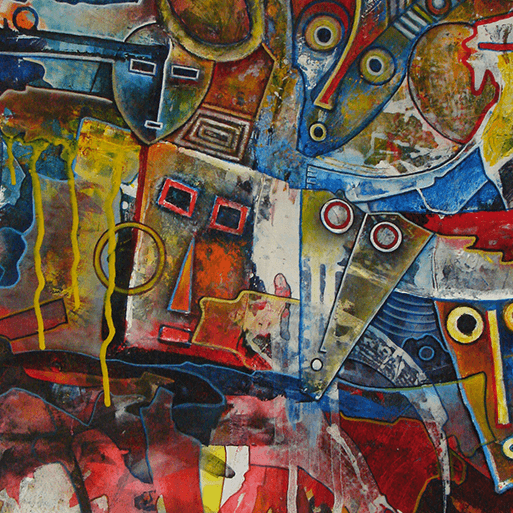
Trailblazers, Barrier Breakers - This project teaches children about significant black artists and their work, and provides opportunities to analyse and create artwork inspired by them.

In the Circulatory System project, your child will revisit prior learning about the systems in the human body and the seven life processes. They will explore the role of the circulatory system and its main parts, carrying out research to answer their own questions. They will look closely at the structure, functions and features of the heart. They will learn about the components and functions of blood, making a representation of a separated blood sample. They will draw and label diagrams of each type of blood vessel and learn about their structure and function. They will test their resting heart rate using a variety of methods. They will investigate whether having a lower resting heart rate means you can sprint faster. They will recap the four types of exercise and test which raise their heart rate the most. They will recap what they know about healthy eating and the Eatwell guide, exploring foods that fall outside the Eatwell plate and recommended daily amounts of foods. They will research the effects of smoking, alcohol and drugs on the human body. They will complete their learning by carrying out an investigation into heart rate recovery.
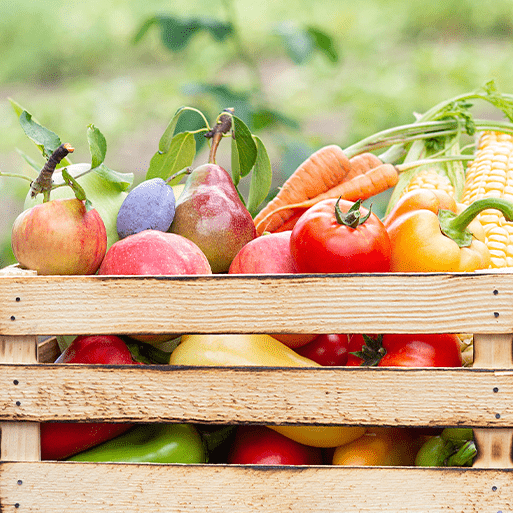
Food for Life - This project teaches children about processed food and healthy food choices. They make bread and pasta sauces and learn about the benefits of whole foods. They plan and make meals as part of a healthy daily menu, and evaluate their completed products.

During the Our Changing World project, your child will revise the features of the Earth and learn more about time zones. They will recall how to use lines of latitude and longitude to pinpoint places on a world map and learn about map scale. They will measure distances on a map and revisit grid references, contour lines and map symbols. Your child will learn about global warming and climate change and discover how climate change and extreme weather affect people worldwide. They will learn about global trade and find out about the export of manufactured goods, food or natural resources. Your child will analyse recent road traffic accident figures and carry out fieldwork to find out about the safety of a local road. They will study patterns of human settlements and carry out a fieldwork investigation to describe local settlement patterns.
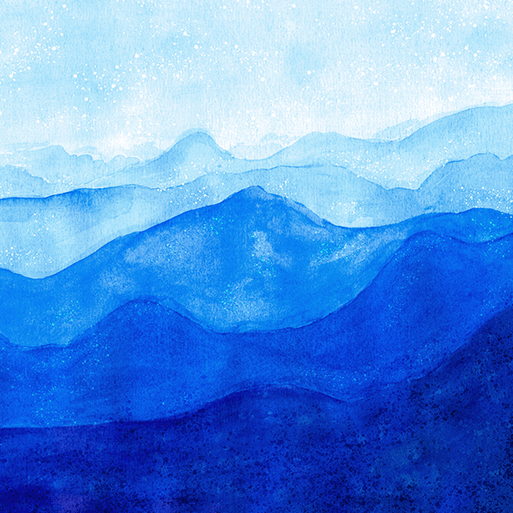
Colour and Style - This project revisits learning about colour theory, including primary, secondary, tertiary, complementary, analogous, warm and cool colours, hues, tints, shades and tones. They learn about the use of colour in four art movements before using this knowledge to create a painting with personal meaning.
Spring term year 6

In the Frozen Kingdoms project, your child will learn about the regions of the Arctic and Antarctic. They will learn about the similarities and differences between these two regions, including the climate, landscape and natural resources. They will learn how to use grid references, lines of latitude and longitude, contour lines and symbols to identify the geographical locations of the Arctic and Antarctic, and how these, along with the tilt of the Earth, affect day length and warmth. They will investigate polar oceans to learn how they differ from other oceans on Earth and how climate change increases Earth's temperature and leads to rising sea levels. They will learn about the indigenous people of the Arctic, including how their lives have changed over time, and about the positives and negatives of tourism in Antarctica. They will also learn about classifying animals, animal adaptations and evolution, and polar exploration and discovery.

Inuit - This project teaches children about the Inuit way of life, including some of their cultural and artistic traditions.
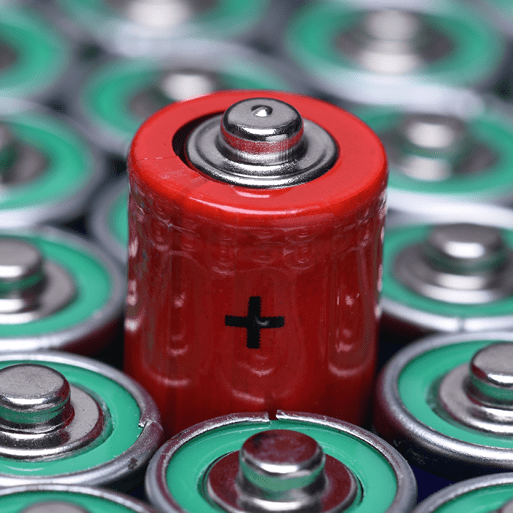
In the Electrical Circuits and Components project, your child will consolidate their understanding of the components that make up a circuit, such as a lamp, cell, wire and switch. They will make a range of circuits and use symbols to draw circuit diagrams. Your child will learn about electric currents and measure the voltage of different cells. They will discover how cells produce electricity and research questions about cells and batteries. Your child will also learn how the voltage across a circuit affects the performance of different components. They will explore how programmable devices are used in everyday life and create a program to switch a light on and off via a light sensor. They will use the knowledge gained throughout the project to design, make and evaluate a programmable home device.

Environmental Artists - This project teaches children about the genre of environmental art. They study how artists create artwork that addresses social and political issues related to the natural and urban environment. Children work collaboratively to create artwork with an environmental message.

Engineer - This project teaches children about remarkable engineers and significant bridges, learning to identify features, such as beams, arches and trusses. They complete a bridge-building engineering challenge to create a bridge prototype.
Summer term year 6
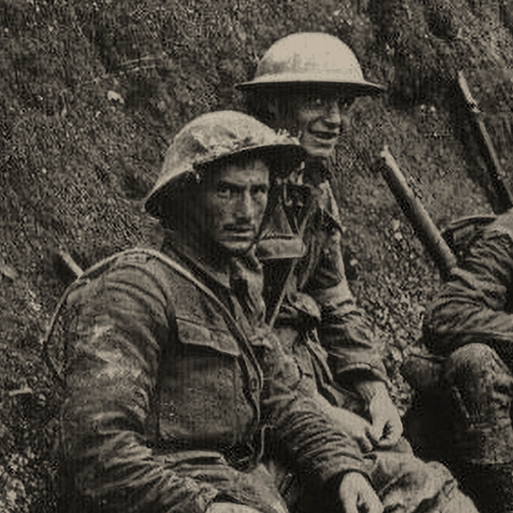
In the Britain at War project, your child will learn about the main causes of the First World War and which countries were the major players. They will investigate why so many men volunteered to fight and then sequence the events at the start of the war. Using various sources of evidence, the children will learn about life in the trenches and the consequences of new weaponry. They will listen to first-hand accounts of life on the home front and evaluate the impact of war on everyday life. They will also discover the events that led to the Allied Powers’ victory and the consequences of the Treaty of Versailles. The children will also learn about the causes and main events of the Second World War. They will find out how Britain prepared itself for war and the war’s impact on civilian life. They will learn about the Battle of Britain and how it proved to be a key turning point for the Allied Powers. They will also hear about Anne Frank and discover what her story tells us about the treatment of Jewish people by the Nazi Party. The children will research the causes and consequences of the end of the Second World War and investigate the legacy of the wars in Britain. Closer to home, the children will research the life of a local First World War hero who sacrificed their life fighting for Britain. They will also investigate the legacy of these global conflicts in the post-war period.

Make Do and Mend - This project teaches children a range of simple sewing stitches, including ways of recycling and repurposing old clothes and materials.

In the Light Theory project, your child will create a mind map to recap their prior learning about light sources, reflectors, day and night, sun safety and shadows. They will observe how light travels in straight lines. They will use their research skills to discover what happens to light when it enters the eye and how this relates to how we see. They will learn about the electromagnetic spectrum, finding out about visible light in detail. They will investigate how we perceive colour, learning that the stimulation of cells in the eye helps us perceive light, dark and colour. Using a torch for a light source, they will explore how shadows change, including their shape, size and how they become distorted. They will discuss what happens to light when it strikes a surface, learning about absorption, reflection, scattering and transmitted light. They will use different mirrors, including plane, concave and convex, to explore how they affect reflections. They will use a light meter to measure light and will observe refraction, and ask and answer scientific questions about the phenomena.
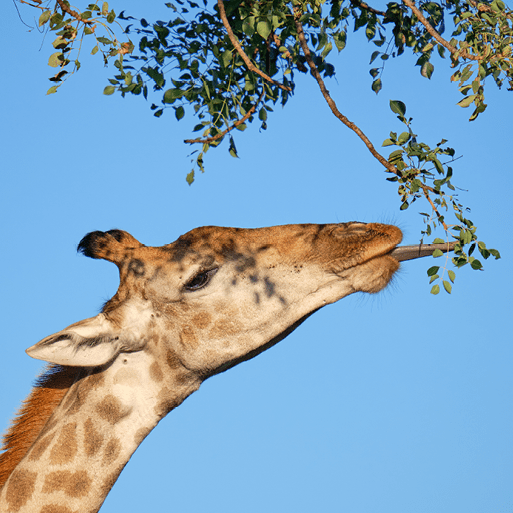
In the Evolution and Inheritance project, your child will learn about the five kingdoms scientists group living things into based on their characteristics. They will discuss what fossils are, revisit how they form and learn about the fossil record before classifying fossils, using what they have learned about the features of living things. Children will discuss the theory of evolution and the scientists who founded it in the 19th century, Charles Darwin and Alfred Russell Wallace, learning that all living things on Earth are related and have gradually changed over time. They will learn that fossils and the DNA of extinct and living things provide evidence for the theory of evolution and then study a scientific diagram called an evolutionary tree, identifying the relationships between past and present-day living things. Children will learn the meaning of the terms 'inheritance' and 'variation' and how evolution relies on them. They will discuss examples of inherited and non-inherited features and continuous and discontinuous variation within humans before collecting and displaying class data about eye colour as a bar chart and heights as a line graph. They will revisit the meaning of 'adaptation' and use new scientific terminology, including 'natural selection and 'survival of the fittest'. They will learn about adaptation in animals by investigating how birds' beaks have changed over time to improve their ability to catch and eat specific foods. They will learn about adaptation in plants, including structural, behavioural and chemical adaptations, and then investigate the leaves of trimmed and untrimmed holly plants, observing how holly plants can adapt to become spikier to survive. They will complete their learning by holding a class debate about artificial selection using evidence from research and presenting an argument for and against its use.
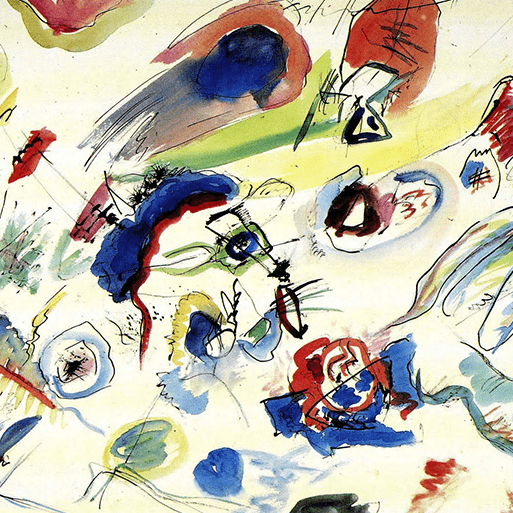
Distortion and Abstraction - This project teaches children about the concepts of abstraction and distortion. They study the visual characteristics of abstraction and create a musically-inspired, abstract painting.

Bees, Beetles and Butterflies - This project teaches children about sketchbooks, observational drawing, mixed media collage and Pop Art. They consolidate their learning to make a final piece of artwork inspired by bees, beetles or butterflies.
